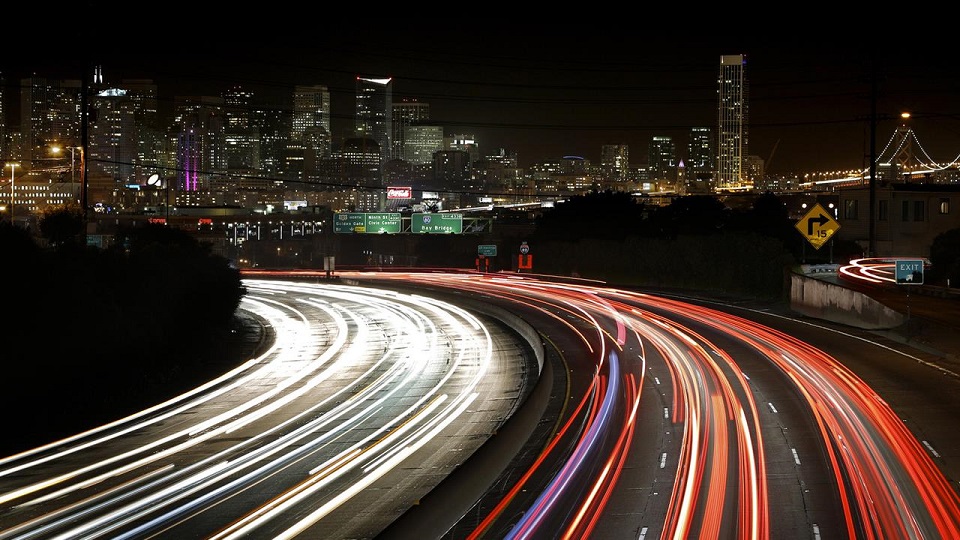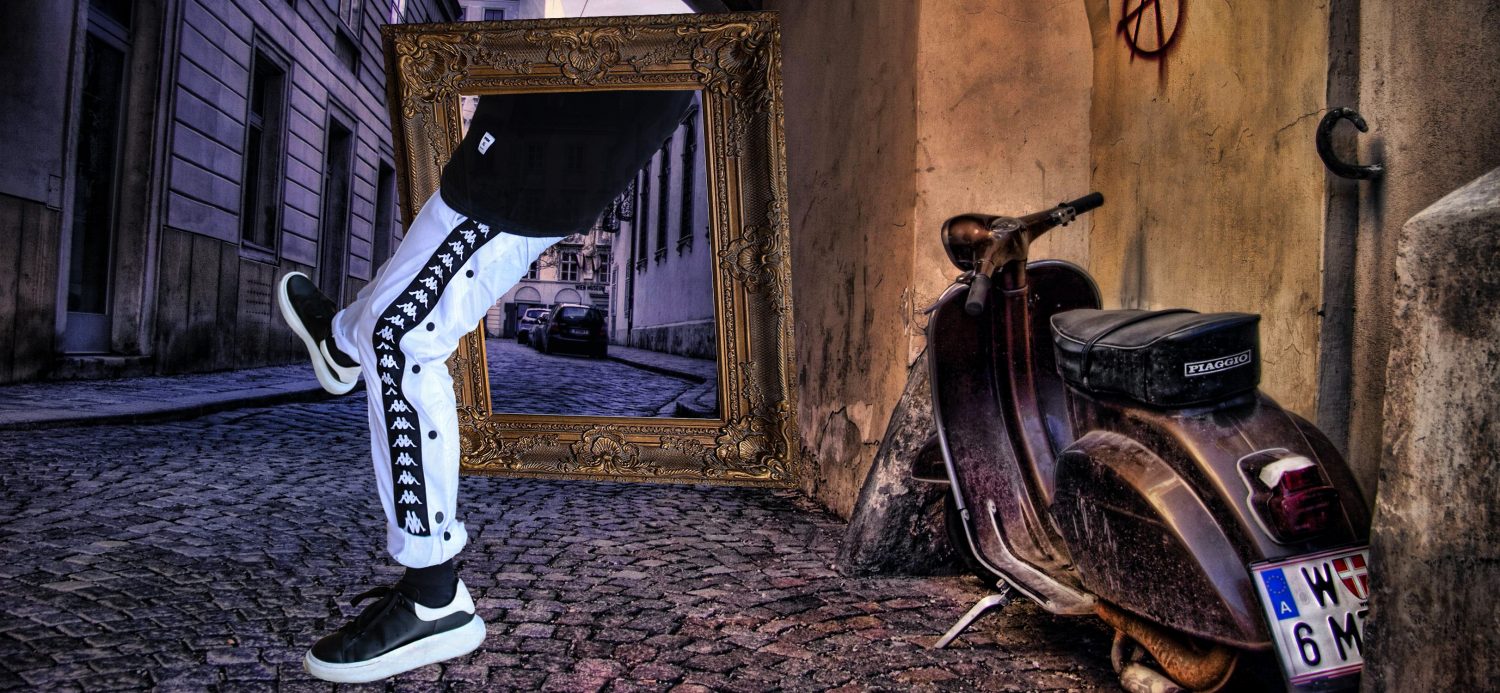
From what I learnt from lectures with Dr Francis is that time never goes away, time will always tick and tock, us humans can create modern looking photography by freezing or speeding up time using Time lapse. Back in the days, artists would take photos or paint foods that are decayed, whereas with our technology and great cameras we can freeze a motion in differnt frames and have one imagine that technically could be a video in a flash.
Time-lapse can compress real-time actions that take place over a long period of time. For example, the construction of a building or the changing seasons.Whatever the subject, time-lapse photography is based on taking a series of photos at regular intervals. You then combine the images into a continuous sequence in the form of a video file. The rate at which we view the individual images in the sequence is much faster than the rate at which they were originally recorded. Most time-lapse sequences are taken with the camera in a fixed position. Sometimes auxiliary gadgets are used to introduce panning or even zooming. And more and more photographers experiment with moving the camera position for each shot in the sequence. This allows the viewer to enjoy a more immersive experience in so-called ‘hyper-lapse’ video.
Photography can ‘catch time’ and kill it, it can photograph in a ‘deathly’ way and let the imagination wander. food cultures can speak of histories and cultural narratives beyond luxury – addressing visibility and invisibility, hidden structures within taste and legibility.

Michael Wesley

German photographer Michael Wesely has spent decades working on techniques for extremely long camera exposures — usually between two to three years. In the mid-1990s, he began using the technique to document urban development over time, capturing years of building projects in single frames. Michael shows us a great example of using shutterspeed, By having a camera on for a year takes skill because he has to know that the settings set for the picture will work out well.
Irving Penn

Irving Penn was one of the twentieth century’s great photographers, known for his arresting images and masterful printmaking. Although he was celebrated as one of Vogue magazine’s top photographers for more than sixty years, Penn was an intensely private man who avoided the limelight and pursued his work with quiet and relentless dedication. At a time when photography was primarily understood as a means of communication, he approached it with an artist’s eye and expanded the creative potential of the medium, both in his professional and personal work.
Still life can claim that which is abundant; that which overflows (a reflection on luxury and wealth). Food in still life ‘today’ always touches upon consumption as a social process. Food in still life as a genre touches other systems of organisation, the wealth of the land and the turning of the seasons. It embraces the ‘stuffness’ of the world
Ai Wei-Wei

Artist, thinker, and activist Ai Weiwei was born in Beijing in 1957 and grew up in difficult circumstances. One of Ai’s most famous pieces, Dropping a Han Dynasty Urn (1995), incorporates what Ai has called a “cultural readymade.” The work captures Ai as he drops a 2,000-year-old ceremonial urn, allowing it to smash to the floor at his feet. Not only did this artifact have considerable value, it also had symbolic and cultural worth. The Han dynasty (206 BCE–220 CE) is considered a defining period in the history of Chinese civilization, and to deliberately break an iconic form from that era is equivalent to tossing away an entire inheritance of cultural meaning about China. With this work, Ai began his ongoing use of antique readymade objects, demonstrating his questioning attitude toward how and by
whom cultural values are created.
Ai shows his timing and photography skills by making sure the urn is caught right in time, in focus and worst of all he only had one shot at this as theres only one traditional urn from this dynasty.
